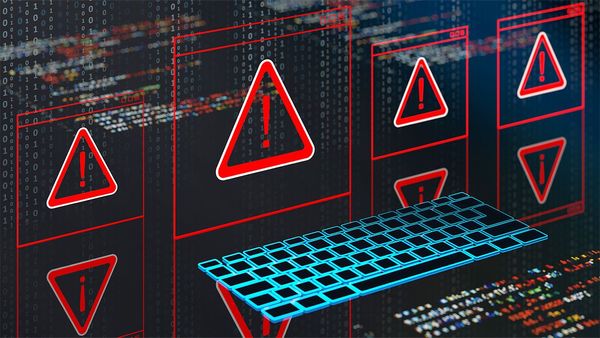If the S&P 500's swings are putting you on edge, don't think it's just you. Stocks are measurably riskier than they used to be — but that's a good thing for your future wealth.
The riskiness of the S&P 500, measured by price volatility, is up dramatically in the past six decades, says an analysis by DataTrek Research. How much? The average standard deviation of 250-day returns is up more than 30% from the 1960s. Risk this decade is already higher than it's been in 60 years, DataTrek found.
And volatility is heating up again this year, led by super-volatile stocks like Caesars Entertainment, Carnival and Albemarle. The average beta of S&P 500 stocks, a measure of how much they whip around versus the S&P 500, is up more than 11% this year, says an Investor's Business Daily analysis of data from S&P Global Market Intelligence and MarketSmith.
"It is absolutely true that structural U.S. equity price volatility has increased over the last 62-plus years," said Data Trek's Nicholas Colas.
And the pain has paid off. "While U.S. large caps have always been moneymakers over a long enough time frame, history also shows that they are also becoming riskier as time goes by," Colas said.
Risk Is On The Rise
No pain, no gain is a mantra for bodybuilders. But it also usually applies to investors. Risk and reward are often attached at the hip.
"A certain amount of price volatility is good for equity returns," Colas said. The S&P 500 enjoyed nearly 18% average annual compound gains in the 1980s and 1990s as risk ran up to historical averages. But more risk doesn't always pay off. During the 2000s, stocks returned a negative 1% compound average annual growth rate despite sky-high volatility.
What's going on now?
Risk Is Rising
| Decade | Risk (higher is riskier) | Compound average annual growth (higher is better) |
|---|---|---|
| 1960s | 0.62 (least risky) | 7.70% |
| 1970s | 0.82 | 5.90% |
| 1980s | 1 | 17.30% |
| 1990s | 0.84 | 18.10% (highest return) |
| 2000s | 1.25 | -1.00% (lowest return) |
| 2010s | 0.92 | 13.40% |
| 2020s | 1.41 (riskiest) | 7.60% |
Source: DataTrek Research
Risk Is Off The Charts
If there's one word to describe this decade for the S&P 500, it's disappointing. Annualized risk is already off the charts. It's 53% more volatile than the 2010s.
And at the same time, compound average annual returns are just 7.6%, DataTrek found. That's just about as low as it was in the 1960s. Talk about all pain and no gain.
Just this year, four of the 10 stocks with the highest betas are lagging the S&P 500. All are up less than the S&P 500 3% year-to-date gain. Materials firm Albemarle is down 1.7% this year, despite its beta being nearly double the market's average at 1.9%.
But with that said, some risky S&P 500 stocks are paying off, like Nvidia. Its shares are up more than 77% this year, despite its beta topping the market by more than 80%. And in many ways, that's the hope of investors, that the market's higher risk will finally pay off.
"The best we can hope for just now is that price volatility declines in coming years as inflation wanes and U.S. monetary policy becomes clearer," Colas said. "Since declining volatility is strongly correlated with better returns, that should help U.S. equity prices in the years to come."
How The Riskiest S&P 500 Stocks Are Doing
| Company | Ticker | YTD Ch. | One-year Beta | Sector |
|---|---|---|---|---|
| Caesars Entertainment | 4.5% | 2.3 | Consumer Discretionary | |
| Carnival | 6.8% | 2.0 | Consumer Discretionary | |
| Albemarle | -1.7% | 1.9 | Materials | |
| SolarEdge Technologies | -3.9% | 1.9 | Information Technology | |
| Nvidia | 77.2% | 1.8 | Information Technology | |
| Royal Caribbean Cruises | 24.1% | 1.8 | Consumer Discretionary | |
| Tesla | 48.8% | 1.8 | Consumer Discretionary | |
| Norwegian Cruise Line | 1.1% | 1.8 | Consumer Discretionary | |
| Autodesk | 7.3% | 1.8 | Information Technology | |
| Match Group | -10.2% | 1.8 | Communication Services |
Sources: IBD, S&P Global Market Intelligence
Follow Matt Krantz on Twitter @mattkrantz







